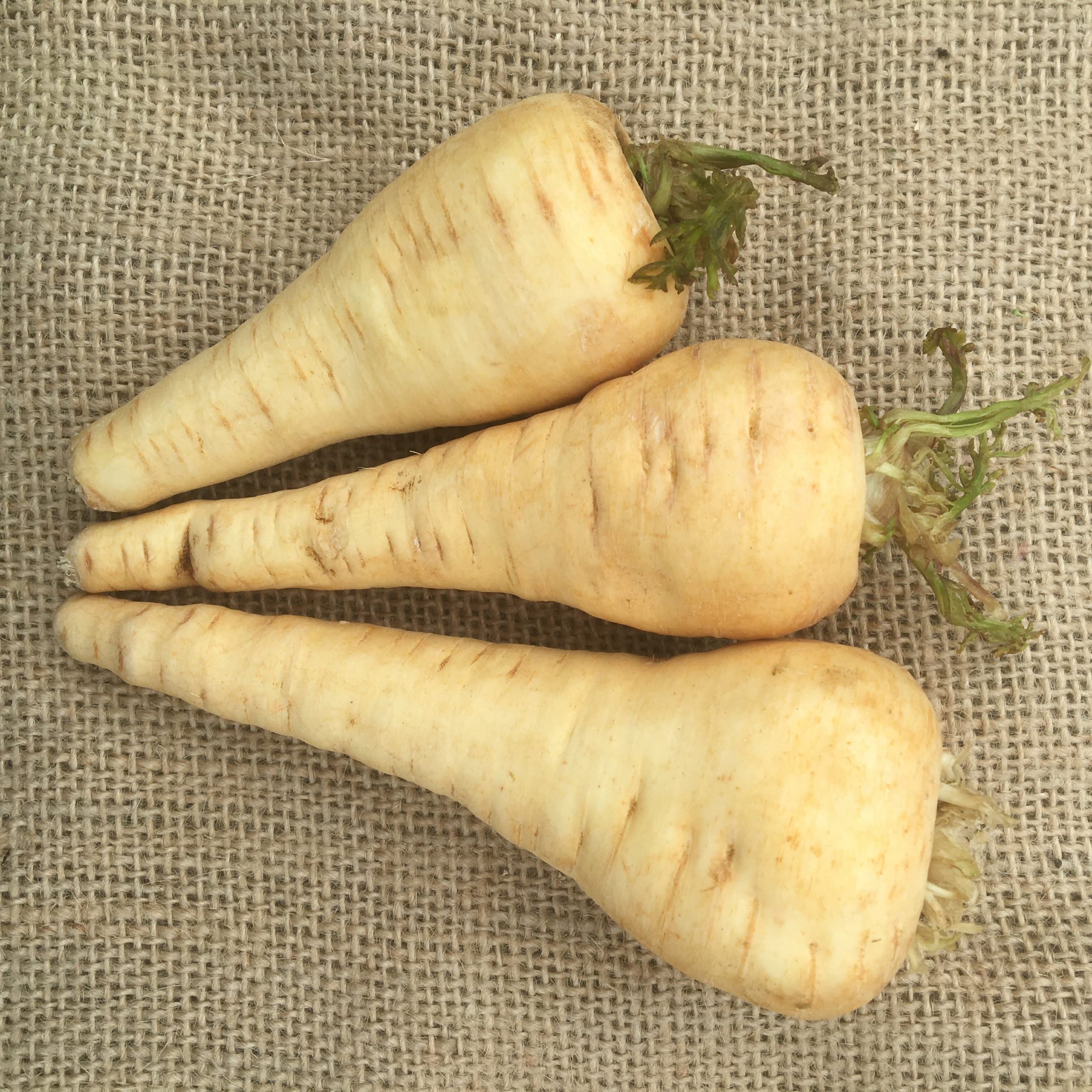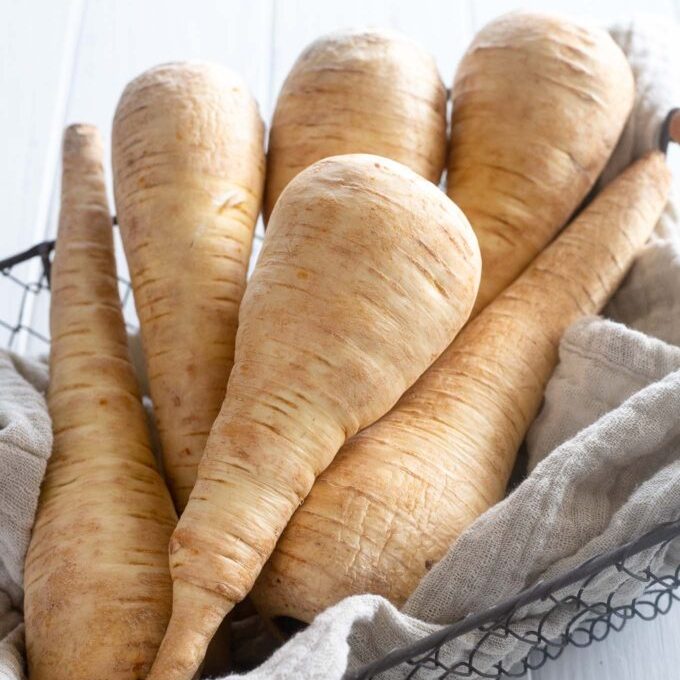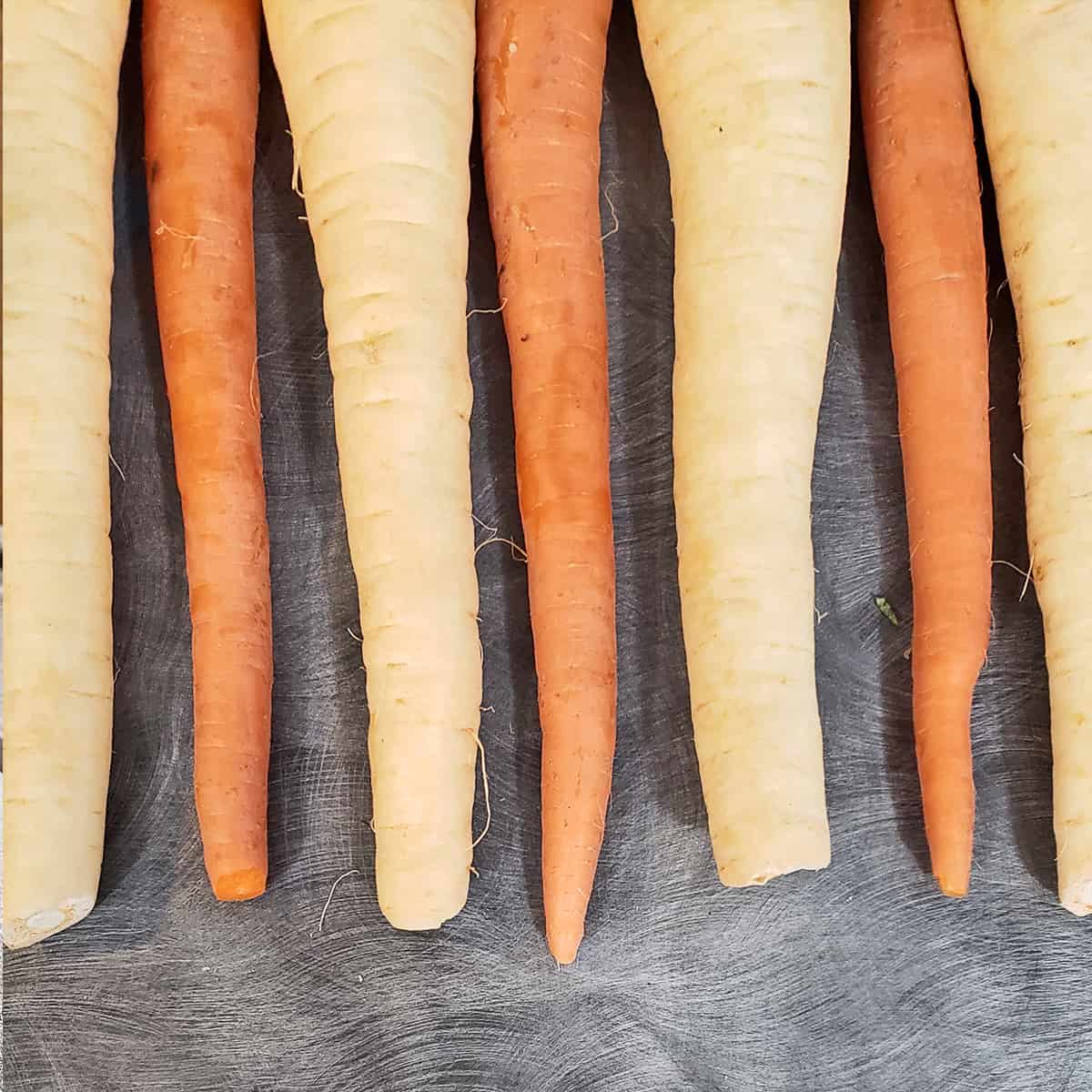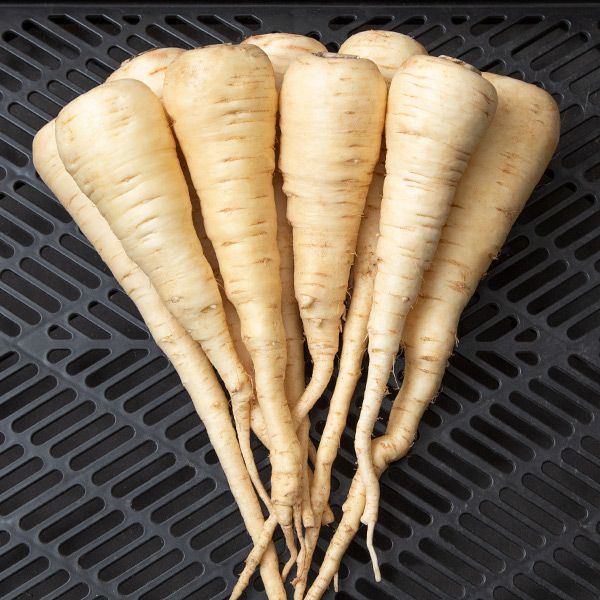Introduction to Parsnips
Parsnips are often overlooked vegetables that deserve more attention in our diets. These root vegetables belong to the Apiaceae family, which also includes carrots, parsley, and celery. While parsnips are commonly associated with European cuisine, their versatility allows them to be used in various dishes worldwide. With a flavor profile that is both sweet and earthy, parsnips can be a delightful addition to your meals.
A parsnip is typically cream or pale yellow and can grow quite large, often measuring 6 to 18 inches long. This starchy root is rich in vitamins and minerals, making it a nutritious choice. Parsnips thrive in cooler climates, which can enhance their sweetness, particularly after the first frost. Understanding parsnips, their nutritional benefits, and how to prepare them can elevate your cooking and add diversity to your vegetable intake.
Nutritional Benefits of Parsnips
Vitamins and Minerals
Parsnips are a rich source of essential vitamins and minerals. One of their standout features is their high vitamin C content, which supports a healthy immune system. Additionally, parsnips contain vitamin K, which plays a role in bone health and blood clotting. The fiber in parsnips aids digestion and promotes gut health.
In terms of minerals, parsnips provide potassium, which can help regulate blood pressure and heart function. They also contain magnesium, an essential mineral for numerous biochemical reactions in the body. By incorporating parsnips into your diet, you can benefit from these nutrients while enjoying their unique taste. As a result, they can help you maintain overall well-being.

Dietary Fiber
One of the significant health benefits of parsnips is their dietary fiber content. Fiber is essential for healthy digestion and can help prevent constipation. It provides a feeling of fullness and can assist in weight management by reducing hunger. With around 6.5 grams of fiber per cup, parsnips can easily support your daily fiber intake.
Moreover, fiber can help lower cholesterol levels and improve heart health. Consuming high-fiber foods like parsnips can stabilize blood sugar levels, making this vegetable an excellent choice for those managing diabetes. Incorporating parsnips into meals can contribute to a balanced and nutritious diet, providing both health benefits and satisfaction.
Growing Parsnips
Ideal Growing Conditions
Growing parsnips can be a rewarding experience for both experienced and novice gardeners. These vegetables prefer well-drained, sandy soil rich in organic matter. They thrive in cool, temperate climates, making early spring the ideal time for planting. Parsnips require a growing season of at least 100 to 120 days, making them a long-term investment in your garden.
For optimal growth, plant parsnip seeds about 1 inch deep and 2 to 4 inches apart. Ensure that they receive plenty of sunlight, as this helps enhance their flavor. They can be a bit tricky to grow, as they require consistent moisture during their growing season. However, the effort is worth it when you finally harvest your homegrown parsnips.
Harvesting and Storing
Harvesting parsnips requires patience, as they need to be left in the ground for several months. Once the greens have died back and the first frost has occurred, it’s time to dig them up. Use a garden fork to carefully lift the roots from the soil, being mindful not to damage them.
Once harvested, parsnips can be stored for several weeks in a cool, dark place. They can also be kept in a refrigerator for longer freshness. To preserve their quality, avoid washing them until you’re ready to cook. Additionally, parsnips can be frozen for extended storage. Simply peel and chop them before blanching briefly in boiling water. Once cooled, freeze them in airtight bags for use later.

Cooking with Parsnips
Preparation Methods
Parsnips can be prepared in various ways, making them a versatile vegetable. One common method is roasting them in the oven, which brings out their natural sweetness. Simply peel and chop the parsnips into even pieces, toss them with olive oil, salt, and pepper, and roast at 400°F for about 25-30 minutes.
They can also be mashed for a flavorful side dish. Combine peeled and chopped parsnips with potatoes for a creamy mash or blend in butter and cream for added richness. Additionally, parsnips can be used in soups and stews, providing a hearty texture and mild flavor. Experimenting with different cooking methods can help you discover the many ways to enjoy parsnips in your meals.
Flavor Pairings
Understanding how to pair flavors can enhance your dishes with parsnips. Their natural sweetness complements savory ingredients like garlic, thyme, and rosemary. Consider adding these herbs when roasting or sautéing parsnips to create layers of flavor.
Parsnips also pair well with other root vegetables, such as carrots and potatoes. This combination works beautifully in soups and stews, where the flavors meld together. For sweetness, try combining parsnips with apples or pears. The contrast between the sweet fruit and earthy parsnips creates a harmonious dish. Being aware of these flavor pairings can help you elevate your meals, making parsnips a staple in your cooking repertoire.

Health Considerations
Low-Calorie Option
Parsnips are a low-calorie vegetable, making them an excellent choice for anyone looking to maintain a healthy weight. A cup of cooked parsnips contains about 100 calories, which is relatively low compared to other starchy vegetables like potatoes. This quality allows them to be included in various diets without compromising calorie intake.
Choosing parsnips over higher-calorie options can help you create balanced meals. You can use them in place of more calorie-dense ingredients in recipes, offering the same satisfying texture while keeping your meals light. Incorporating parsnips into your diet is an easy way to enjoy a nutritious, filling, and delicious addition to your plate.
Dietary Restrictions
Parsnips are naturally gluten-free and suitable for various dietary restrictions, including vegetarian and vegan diets. They provide essential nutrients that can sometimes be lacking in these diets, such as fiber and vitamins. Additionally, parsnips can be included in paleo and Whole30 meal plans.
If you have specific dietary concerns or restrictions, parsnips offer a nutritious alternative. Always check with a healthcare provider or nutritionist when introducing new foods into your diet, especially if you have allergies or other health conditions. Overall, parsnips can be a versatile and inclusive vegetable for many dietary preferences.
Creative Recipes Featuring Parsnips
Roasted Parsnip and Carrot Medley
One of the simplest yet most delicious ways to enjoy parsnips is by roasting them alongside carrots. This combination not only brings out the natural sweetness of both vegetables but also creates a colorful side dish. To prepare, start by preheating your oven to 400°F (200°C). Peel and chop an equal amount of parsnips and carrots into uniform pieces, about 1 to 2 inches long. Place them on a large baking sheet, and drizzle with olive oil, ensuring each piece is well coated. Season generously with salt, pepper, and your favorite herbs such as thyme or rosemary.
For added flavor, you can include minced garlic or a sprinkle of paprika. Toss everything together so that the vegetables are evenly seasoned. Spread them out in a single layer for more even roasting. Bake for 25-30 minutes, turning once halfway through, until they are golden brown and tender. The result is a beautifully caramelized medley of vegetables that can be served alongside roasted meats or as a delicious vegetarian option. This dish not only highlights the versatile flavor of parsnips but also encourages a healthy approach to meal preparation.
Parsnip Puree as a Side Dish
For a creamy and comforting side, consider making parsnip puree. This dish serves as an excellent alternative to traditional potato mash and pairs well with various proteins. To start, peel and chop about 4 cups of parsnips, cutting them into small, even pieces. Boil them in a large pot of salted water until they are fork-tender, typically about 15-20 minutes. Drain the parsnips well and return them to the pot. For a richer flavor, you can add butter and cream or a plant-based alternative.
Using an immersion blender, blend everything until smooth and creamy. You might also want to add seasonings such as salt, pepper, and a hint of nutmeg for an additional flavor boost. If you like a bit of tanginess, a splash of lemon juice can elevate the dish. Serve this delightful parsnip puree alongside grilled meats, roasted chicken, or even as a base for sautéed vegetables. This creamy side not only enhances your plate but also allows the parsnip’s natural sweetness to shine through, impressing your dinner guests with its unique flavor.
Conclusion: Embracing Parsnips in Your Diet
In conclusion, parsnips are an underrated but highly nutritious vegetable that can enhance your meals and improve your health. Their unique flavor, impressive fiber content, and essential vitamins and minerals make them a valuable addition to any diet. Whether roasted, mashed, or added to soups, parsnips provide a delightful taste and texture to various dishes.
Growing parsnips can be a rewarding endeavor, allowing you to enjoy the satisfaction of homegrown produce. By incorporating these versatile root vegetables into your meals, you can introduce new flavors and prepare nutritious dishes for your family. Exploring the culinary potential of parsnips can open up a world of delicious possibilities, enriching your average menu. So, don’t overlook parsnips the next time you’re at the grocery store or farmer’s market—embrace the magic of this wonderful root vegetable!


